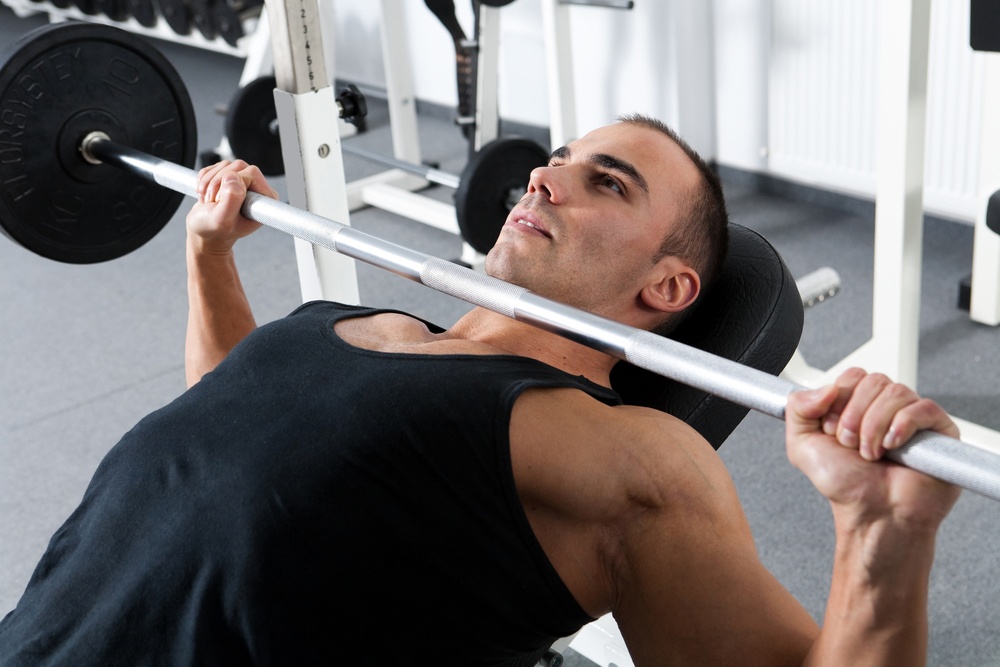Lifting weights or weight training is one of the most common reasons for shoulder pain. Often, a weightlifter will make an injury worse over time because the injuries accrue gradually and pain is only felt in a later stage of injury.
LABRAL Tears or SLAP Tears – are very common among those that lift weights in the gym or at home. The pain from the actual tear has been reported to be noticed a few weeks later. People complaining of repetitive clicking in the shoulder as well as weakness and feeling something deep inside the joint. The labrum is a cushion of cartilage that sits between the ball and socket joint of the shoulder. It provides stability and is also a form of a shock absorber. There are various patterns of tears. Small tears or ones that are minimally painful can often be treated with physical therapy. Bigger tears or those that are displaced often require shoulder arthroscopy and SLAP/Labrum repair. This is a minimally invasive procedure for those that are active and do not improve with physical therapy. The success rate is excellent but it is not meant for everyone, so it is important to consult with an experienced orthopedic surgeon that specializes in the shoulder and arthroscopic surgery.
AC JOINT ARTHRITIS or WEIGHTLIFTERS SHOULDER – is very common in weightlifters of all levels- mild to serious. It is insidious and often does not become symptomatic until it is very painful. This also occurs in those involved in heavy lifting at work or other reasons and it can occur long after a traumatic shoulder AC separation. The typical complaint is pain at the top of the shoulder and with lifting over head. The initial treatment is usually anti-inflammatory medication and physical therapy. If symptoms do not improve then a cortisone injection is an option for temporary relief of the pain but, ultimately, if conservative management does not alleviate the pain then a shoulder arthroscopy can be performed to reconstruct the AC joint. This is a minimally invasive procedure with a high level of success and short recovery period.
BICEPS OR TRICEPS or PEC TENDON TEAR – this occurs in those that take the lifting just a bit too far. The weight may seem doable but it is just a bit too much or the technique is a bit off and pop… the tendons cannot withstand the load and they tear. It depends on the muscle you are working on – curls for the biceps or extensions for the triceps or the pectorals muscle in the chest… they and others can tear if you push your work out too far.
Weight training can be a very rewarding form of exercise and millions of us participate in regular weight training at home or in the gym. Wherever or whatever training you do, be sure moderation, proper techniques and a steady pace is always kept in mind to prevent any significant injuries.
If you feel any shoulder pain, be sure to seek professional help from a shoulder expert like Dr. Leon E. Popovitz before your injury becomes severe.




